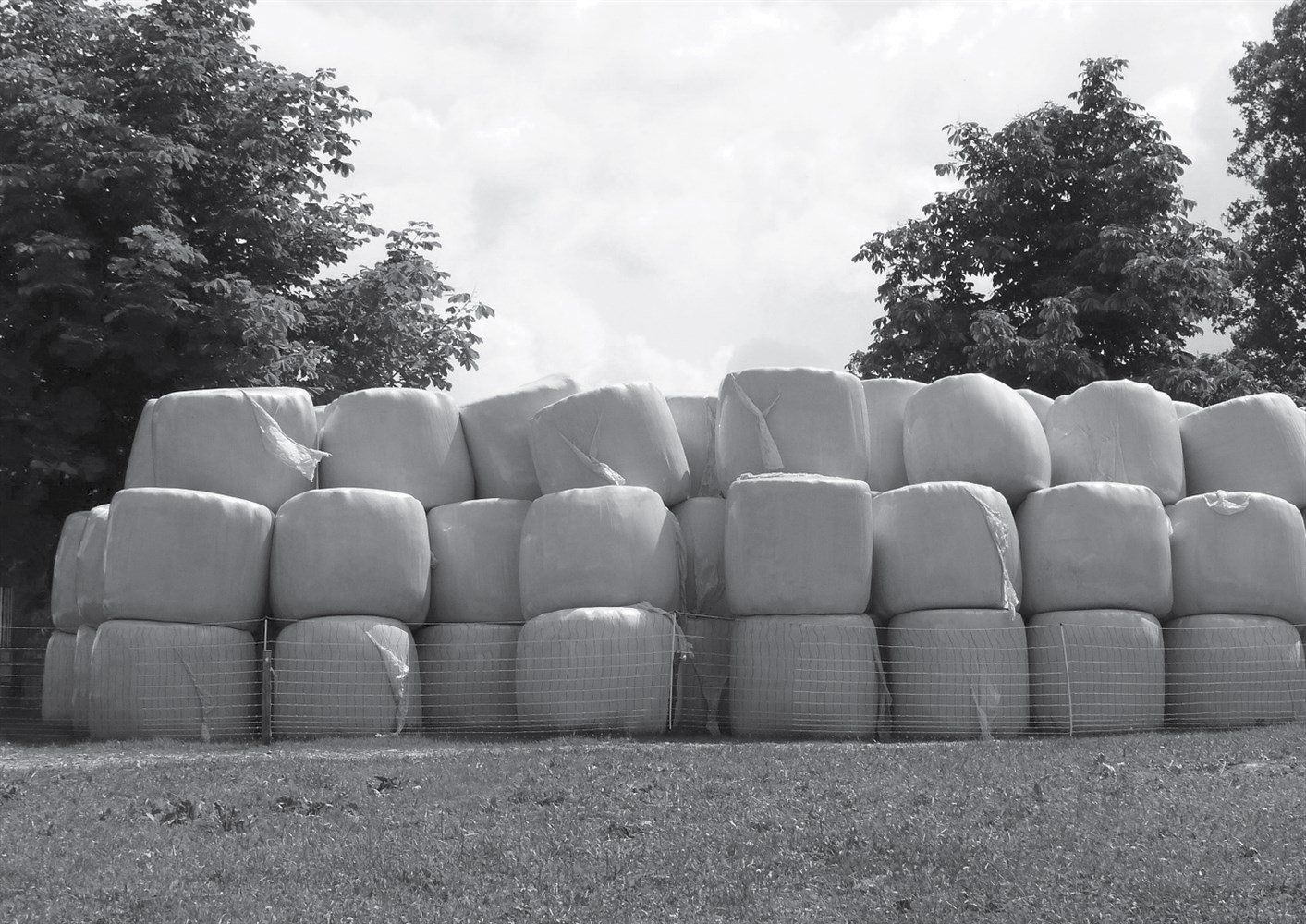Hay isn't the cheapest of resources, yet it is one of the most important. Once the challenge of timely harvesting has been navigated, storage becomes the focus. Improper storage, or even just ...
October 10th, 2017
2 min read



